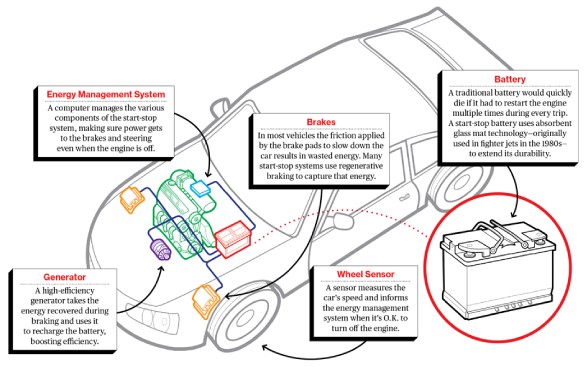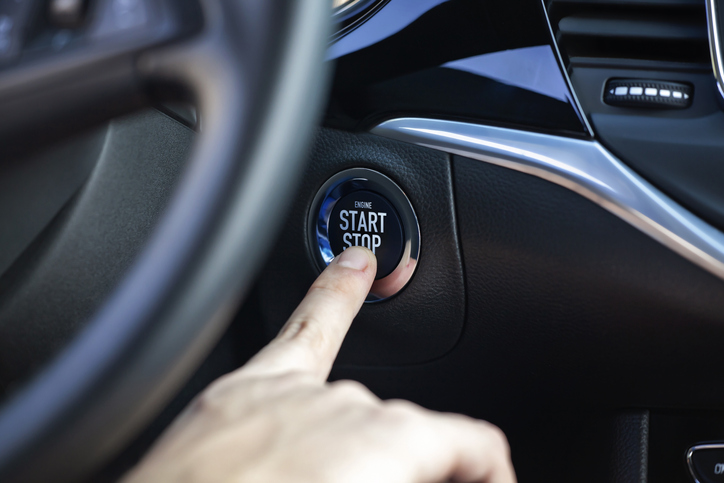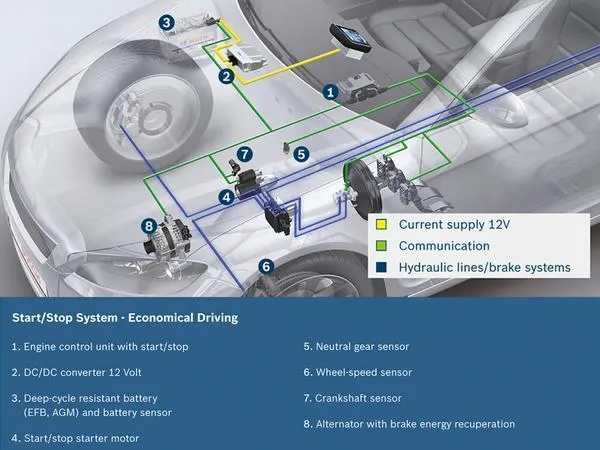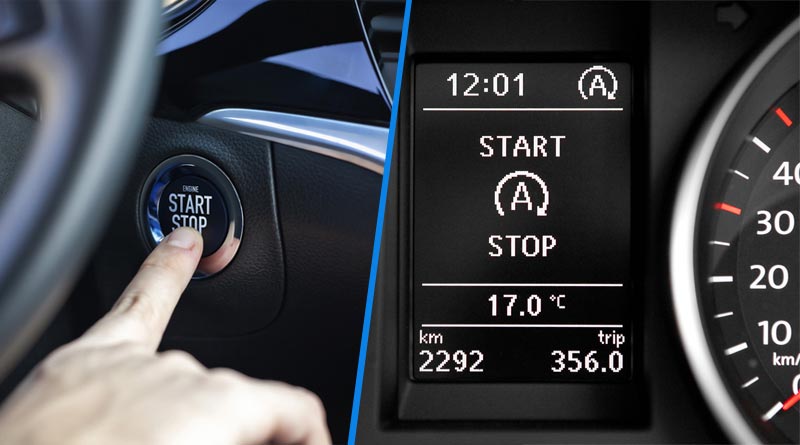What is Car Start/Stop Technology and How Does It Work?
Imagine a car that knows when to take a breather. Car Start/Stop technology is like a magical pause button for your engine. It’s a clever feature that automatically shuts off your car’s engine when you come to a stop, like at a traffic light or in heavy traffic. But don’t worry, it’s not asleep! As soon as you release the brake pedal, the engine quickly springs back to life and you’re ready to go again. It’s like a power nap for your car, saving fuel and reducing emissions. So, let’s take a closer look at how this fascinating technology works and why it’s making a buzz in the world of automobiles. Get ready to discover the magic behind Car Start/Stop technology!
What is Start-Stop Technology?

Start-stop technology is a feature in cars that turns off the engine when the car is not moving, like when you’re stopped at a traffic light or in traffic. This helps save fuel and reduce harmful emissions. In some hybrid cars, the system can also turn off the engine when you’re cruising at low speeds or going downhill. When you’re ready to start moving again, the engine automatically starts back up when you press the clutch or release the brakes. Start-stop technology is especially useful in busy city areas where cars often get stuck in traffic. By avoiding unnecessary fuel consumption and emissions during idle moments, it helps save fuel and reduce pollution.
Does My Car Have a Start-Stop Engine?

Cars equipped with start-stop technology have a button that turns the engine on and off, instead of using a traditional key to start the car. Whether you have a key fob or keyless entry, you’ll notice that the engine operation is different from what you’re used to. Most start-stop engines also have a button that allows the driver to disable the automatic feature if desired. To learn how to do this, refer to your car’s manual. When using start-stop technology, it’s important to familiarize yourself with how it works in your specific vehicle and make use of any other driver’s aids or features available to enhance your driving experience.
How does the car start and stop technology work?

Car start-stop technology operates by automatically turning off the engine when the vehicle comes to a stop, such as at traffic lights or during congested traffic conditions. When certain conditions are met, such as the brake pedal being pressed and the vehicle speed dropping to zero, the start-stop system detects that the engine can be safely shut down. While the engine is off, the car’s essential electrical systems, such as lights and climate control, continue to be powered by the battery or an auxiliary power source. The start-stop system continuously monitors the driver’s inputs, such as releasing the brake pedal or pressing the accelerator, to determine when the engine should be restarted. When the driver is ready to resume driving, the system swiftly restarts the engine using a powerful starter motor and advanced engine control algorithms. The start-stop system also manages the vehicle’s battery to ensure sufficient charge for engine restarts, employing techniques like regenerative braking or battery monitoring. In some vehicles, drivers have the option to override the start-stop system, enabling or disabling the feature based on their preference.
Start-Stop Technology Benefits
Start-stop technology offers several benefits for both drivers and the environment:
- Fuel Efficiency: By automatically shutting off the engine when the car is stationary, start-stop technology helps conserve fuel. It reduces fuel consumption by preventing unnecessary idling, especially in congested traffic or during prolonged stops at traffic lights. This can lead to significant fuel savings over time.
- Emissions Reduction: The reduction in fuel consumption directly translates to a decrease in emissions, including carbon dioxide (CO2) and other pollutants. Start-stop technology contributes to cleaner air and a reduced environmental impact by lowering greenhouse gas emissions and improving overall air quality.
- Cost Savings: With lower fuel consumption, drivers can save money on fuel expenses. The increased fuel efficiency provided by start-stop technology can result in noticeable cost savings over the life of the vehicle, making it an economical choice for drivers.
- Engine Wear Reduction: Extended idling can contribute to engine wear and tear. By minimizing unnecessary idling periods, start-stop technology helps reduce the wear on engine components such as pistons, cylinders, and valves. This can potentially lead to longer engine life and reduced maintenance costs.
- Enhanced Driving Experience: Start-stop technology seamlessly restarts the engine when the driver is ready to move again, offering a smooth and instant response. The engine restart is often imperceptible, ensuring a comfortable driving experience without any noticeable interruptions.
- Environmental Sustainability: As start-stop technology reduces fuel consumption and emissions, it contributes to sustainable transportation practices. By adopting this technology, drivers can actively participate in environmental conservation efforts and contribute to a greener future.
As we strive for a more sustainable future, car start-stop technology exemplifies how innovative advancements can be integrated into our everyday lives, making a significant impact on fuel efficiency, emissions reduction, and our overall driving experience. It’s a testament to how small changes can lead to substantial environmental benefits, one start and stop at a time. Like this post? Don’t forget to check out our other short stories in our Quick Reads section.





I like the efforts you have put in this, regards for all the great content.